I have a confession: I have never been a fan of the always popular buttercream. I’ve genuinely tried to like it, and have certainly had my share. I’m not known to turn down a cupcake, and the stock topping is always a combination of butter and powdered sugar. Most of the time it is cloyingly sweet, and it just doesn’t get me excited. Let’s be honest, I still gobble it down, but it’s never what I really want. In my early baking days, a friend bought me The Magnolia Bakery Cookbook. At the time, the bakery it’s from was all the rage in New York, especially after it was featured in an episode of Sex and the City. It was before cupcakes became a “thing,” and even before the long forgotten donut craze. As soon as I got it, I made their traditional vanilla birthday cake (which is great), and then did what was expected and followed their recipe for traditional vanilla buttercream. I was so disappointed. I mean really disappointed. It calls for EIGHT cups of powdered sugar for two sticks of butter! Remember, I was still new to the whole playing in the kitchen thing, so I followed the recipe exactly, not tasting it as I went along. When all was said and done, it looked beautiful, but I felt like eating it would send me straight to the dentist.
Over the years I have searched for a frosting recipe that actually makes me happy. Some have been better than others, but a few years ago I found the winner on Tasty Kitchen. This recipe looks bizarre though, like nothing I had seen before. It first calls for you to heat milk and flour together on the stove. FLOUR. In a frosting. Once that turns thick (the original recipe describes it like a brownie batter), you let it cool and then beat it to death with creamed butter and granulated white sugar. There is no powdered sugar in this. And the proportion of sugar to butter is a fraction of what you normally find in buttercream recipes. I’ve always assumed this has to be an old recipe, the kind you would find written on an index card in a box at your grandmother’s. (Certainly not my grandmother’s, but maybe yours.) Clearly priced right, with no heavy cream and a fraction of the sugar (2 cups of sugar to 4 sticks of butter, compared to SIXTEEN cups of powdered sugar to make the same amount of Magnolia Buttercream!), I figured that the flour had to be there for a reason. With a few minutes search, I found one explanation on Chowhound. Because the flour and milk are cooked like a roux, this has been referred to as Gravy Icing, and the poster called Making Sense wrote, “The Gravy Icing was terrific in the hot, humid South. In addition to being economical, especially in the lean Depression and War years, it stood up to the heat and humidity in the days before air-conditioning. Buttercreams slid right off a cake and down onto the tables.” This is a no nonsense frosting. (Or icing if you rather, but frosting is typically fluffy and thick while icing is glossy and thin.)
Since I started making this recipe I’ve futzed around to make it my own. I haven’t veered far, but I added almond extract and more often than not, cocoa powder. We’re a chocolate house, and unless the cake theme requires lighter frosting (yellow robot cake, green Ninjago cake, multicolored Lego brick cake, you get the idea), that’s the way we go. My go-to chocolate cake is the foundation of every celebration, and if I am going to frost it, this is always my best option. This frosting reminds me of pudding, and I just want to eat it straight up with a spoon. It is the perfect filling between cake layers, is smooth, and not too sweet. Just trust that it will all work out, because people have been making it for ages and it stands the test of time.
Not too sweet, this vanilla almond frosting can become chocolatey with the simple addition of cocoa powder. The cooked flour and milk roux is surprising, but lends stability and creaminess. Economical yet decadent, it's a frosting you need to know.
Ingredients
- 2 cups whole milk
- 1/2 cup plus 2 tablespoons (80 grams or 10 tablespoons) all purpose flour
- 2 teaspoons pure vanilla extract
- 1 1/2 teaspoons pure almond extract
- 2 cups unsalted butter/4 sticks (room temperature)
- 2 cups (400 grams) granulated white sugar (not confectioners sugar)
- 1 cup (75 grams) unsweetened cocoa powder (optional)
Instructions
Notes
Adapted from a recipe on Tasty Kitchen by MissyDew.
*The yield is enough to thickly fill an 8" round 2-layer cake and frost it, with a little left over for safety. But this recipe can easily be halved or doubled, depending on your needs.
**When frosting cakes, always do a thin covering first, called the crumb coating. Let it set for 20 minutes, and add on the final layer to avoid having little flecks of cake peeking though your frosting.
***The frosting will keep at room temperature for 5 days happily, but if refrigerated will harden.

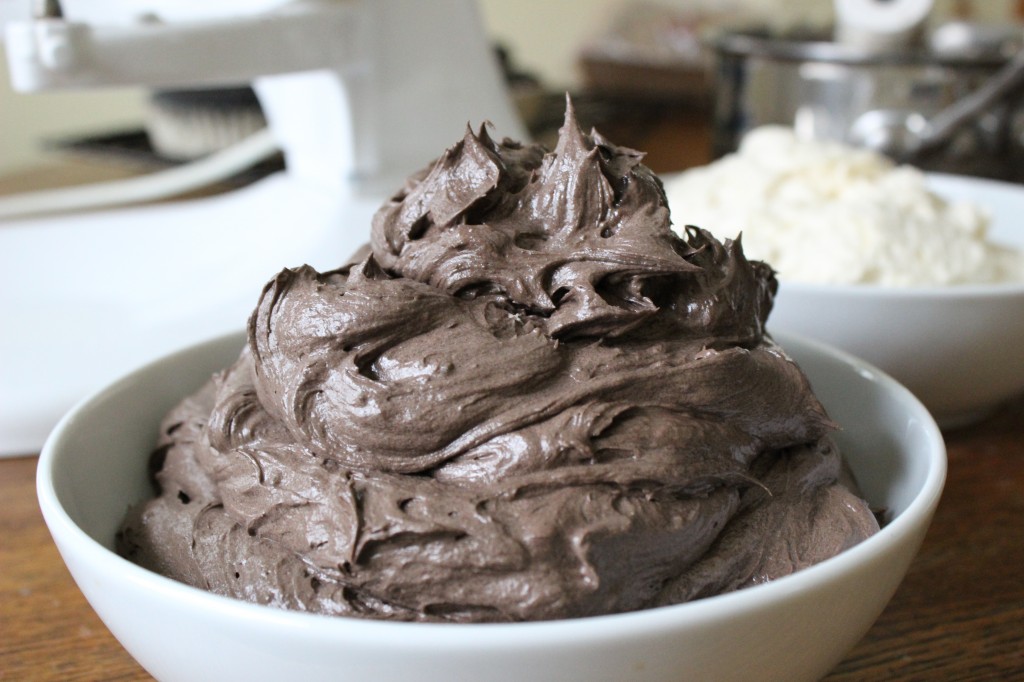
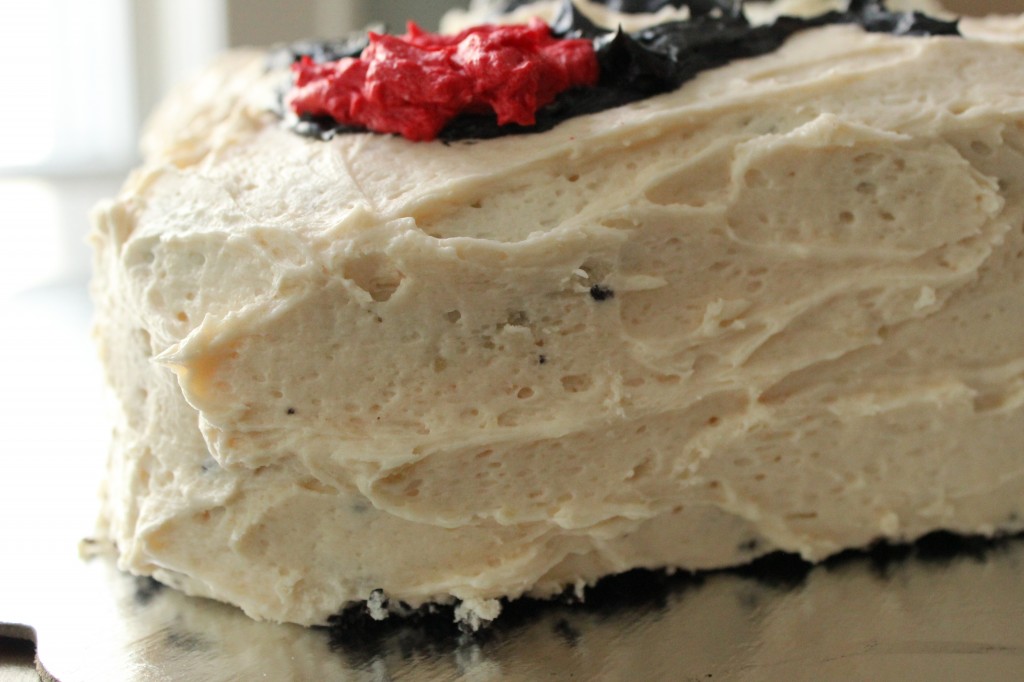
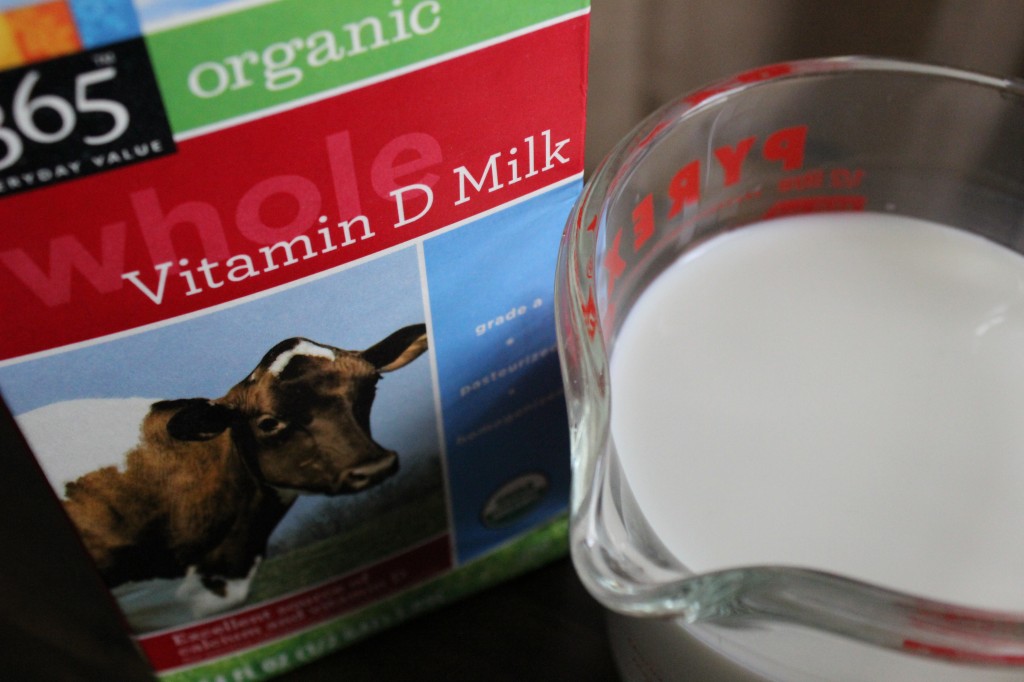
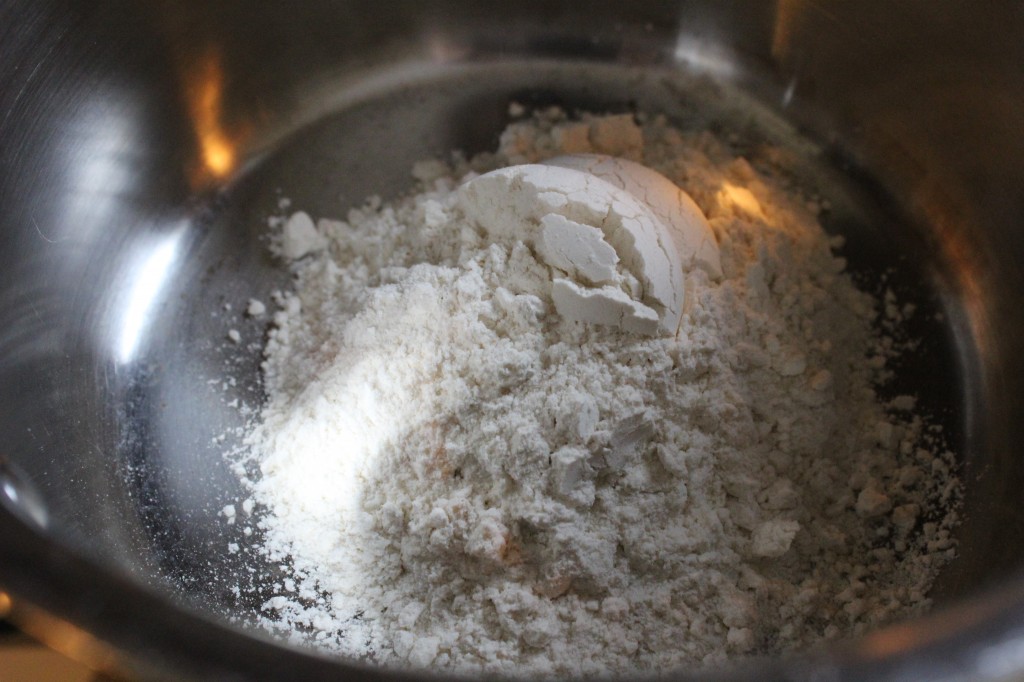

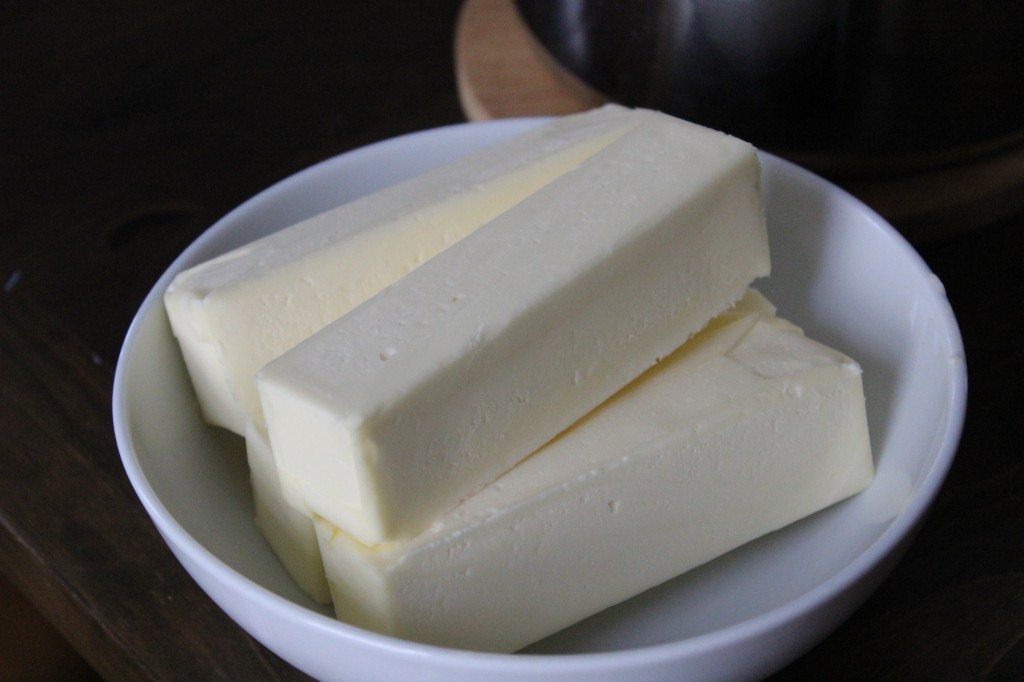
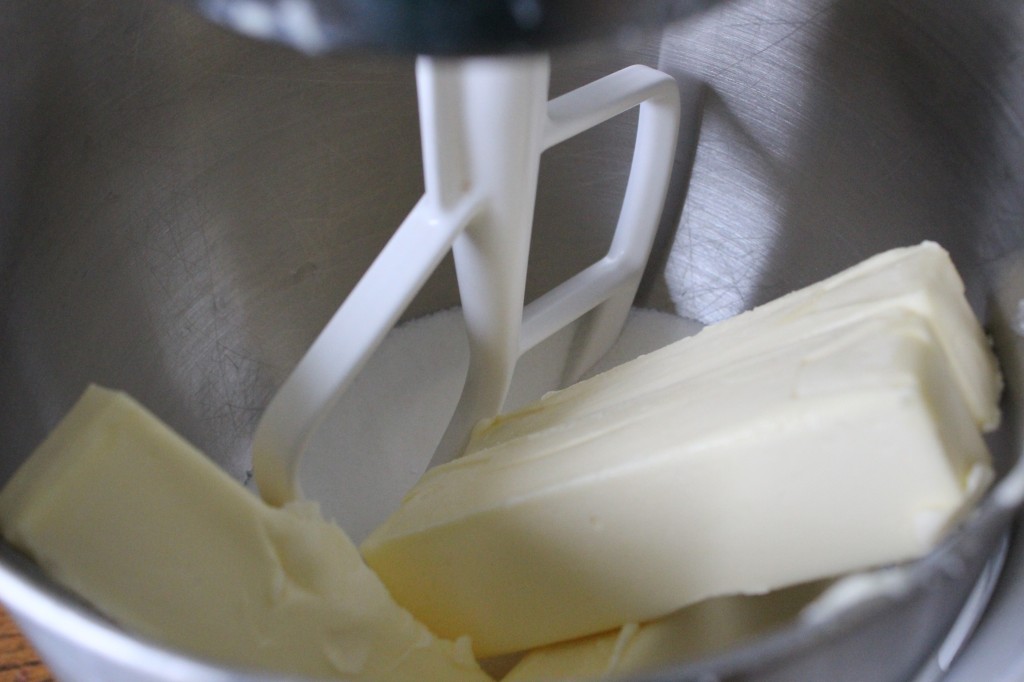
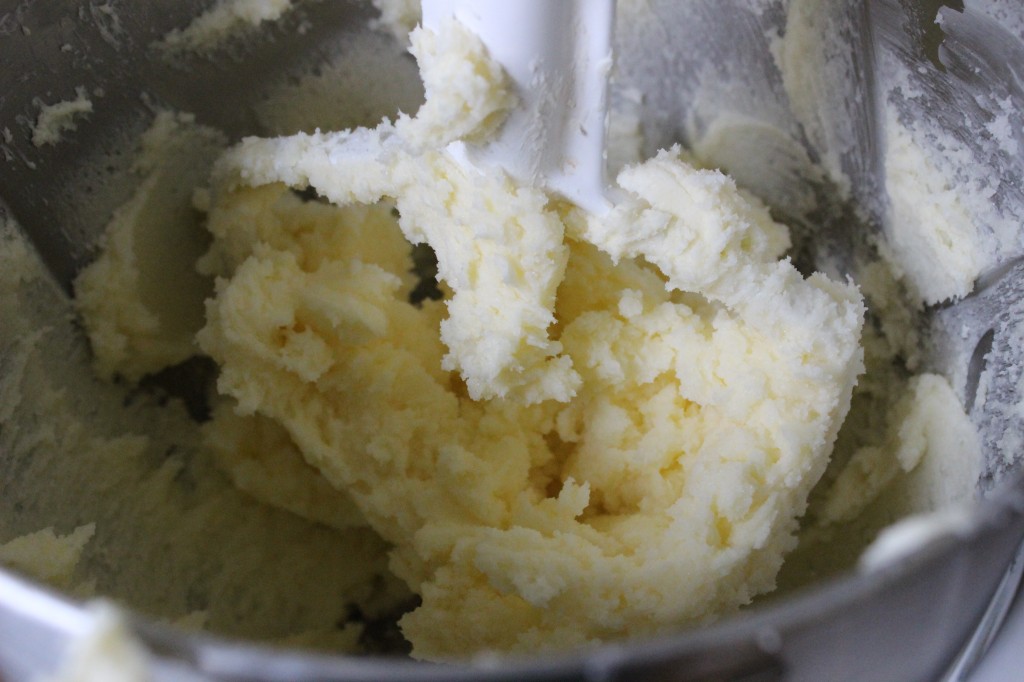
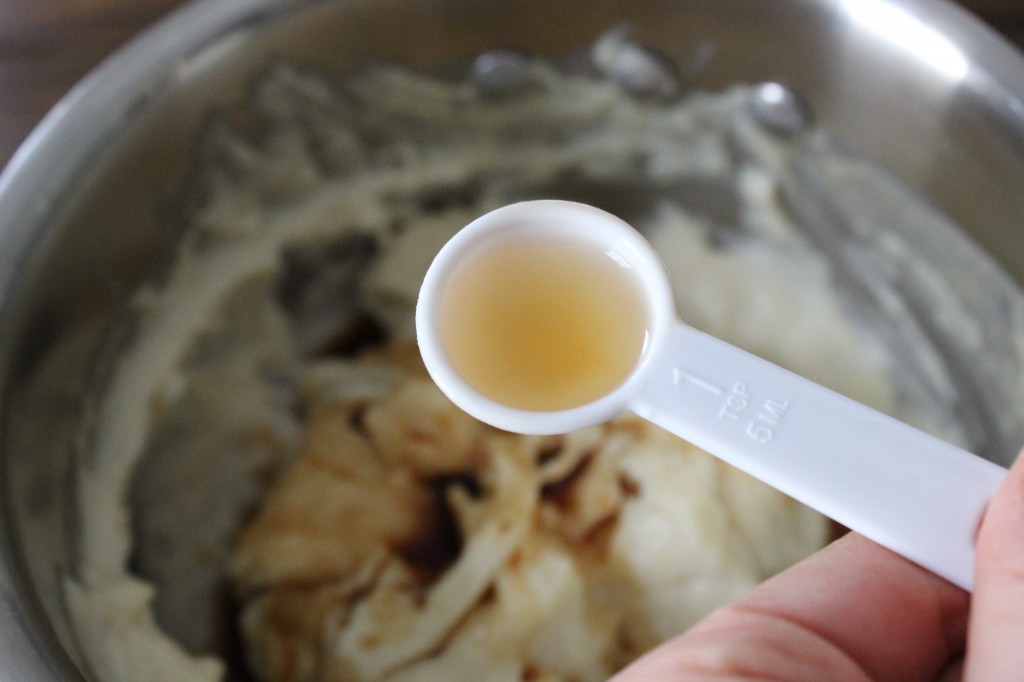
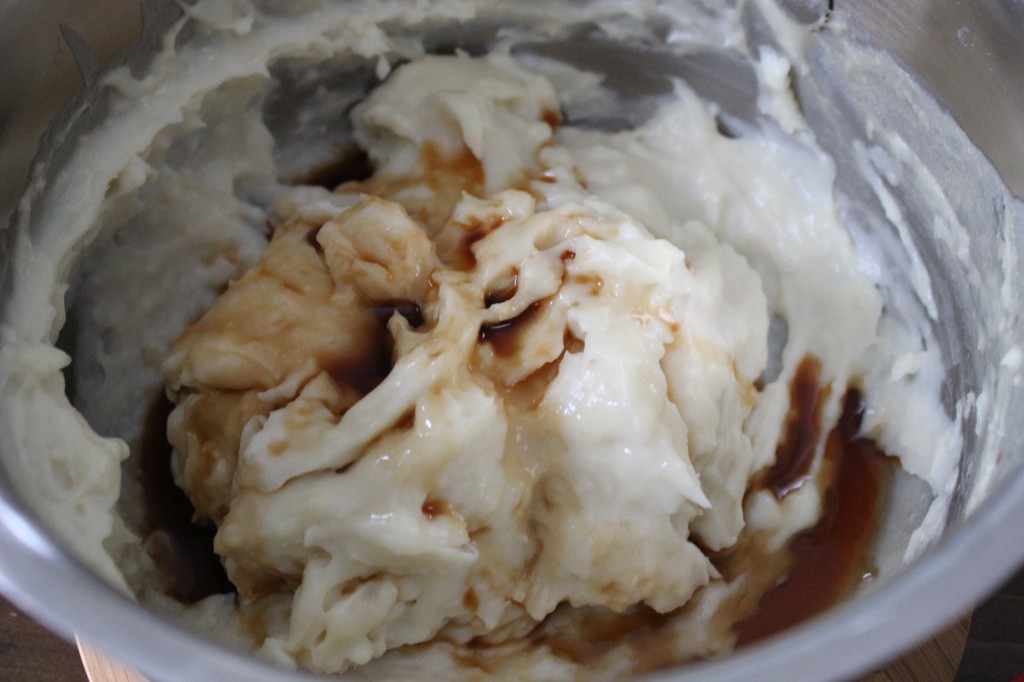
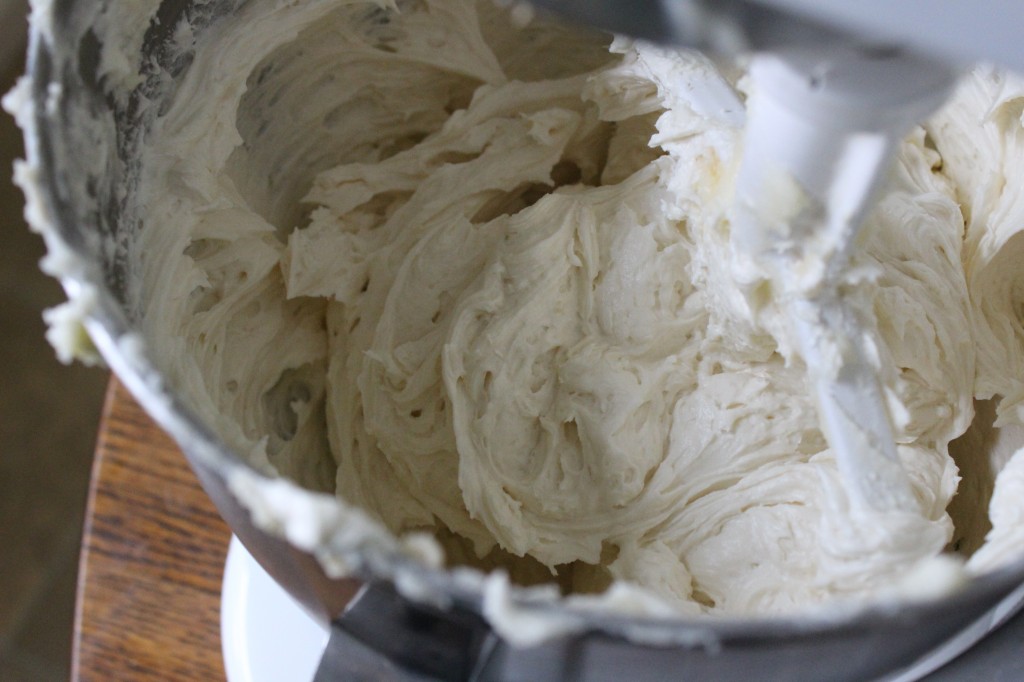
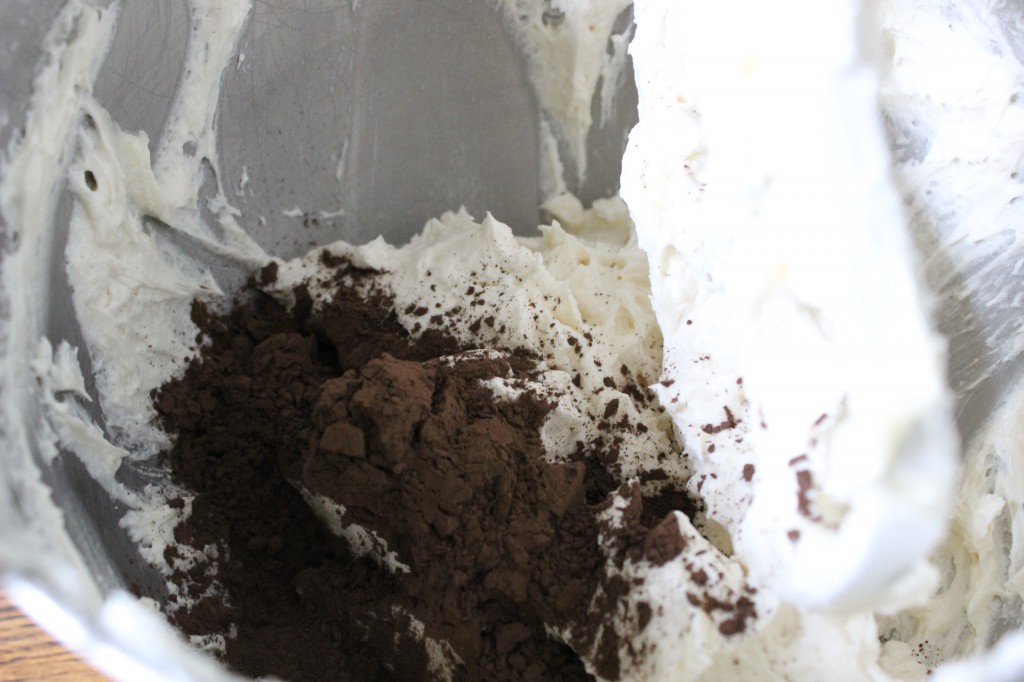


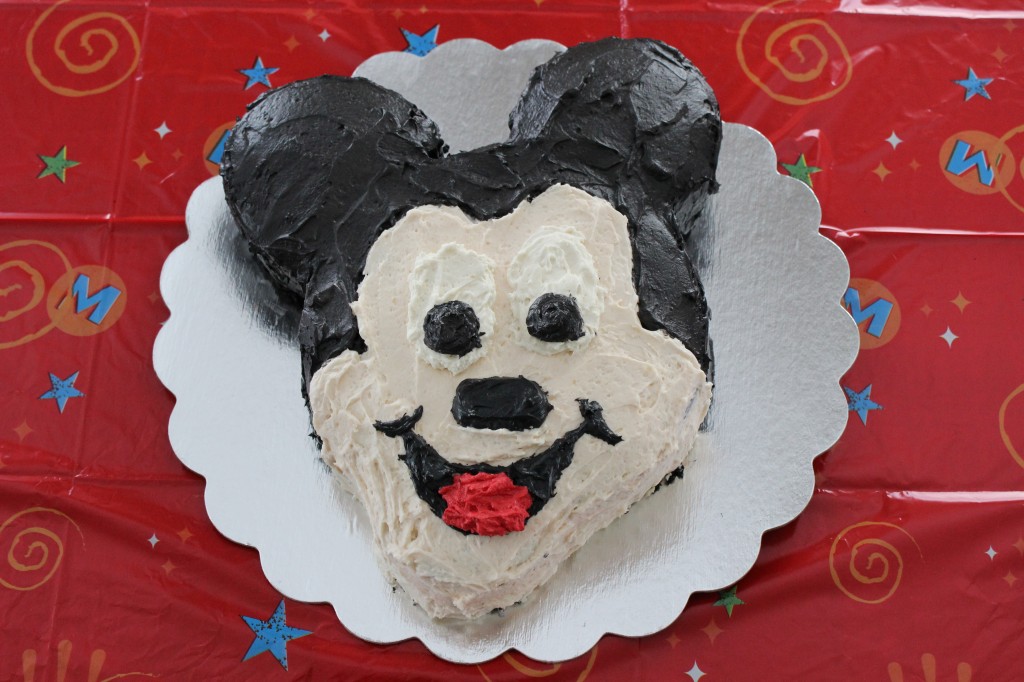
I saw this on Tasty Kitchen ages ago too but hadn’t given it a try yet. Good to hear since we’re always dealing with melting buttercream around here. Maybe this will work better. Your blog is beautiful and its so wonderful to read your great voice. Love hearing your voice in my head as I read!
Thanks so much, Amanda! This frosting stands up to heat better than most, so I hope you like it!